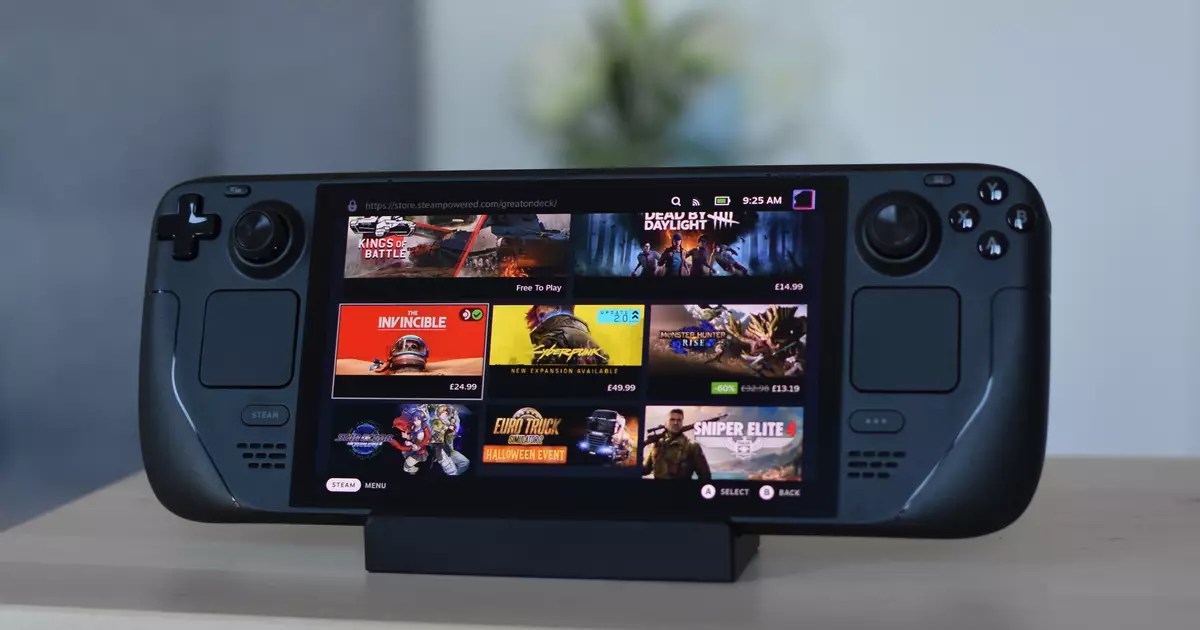The gaming industry is always ripe for speculation, and Valve, with its intricate history in both software and hardware development, has once again ignited discussions surrounding its next move. Recent reports indicate that Valve may be contemplating a strategic pivot towards ARM architecture, moving away from its long-standing x86 foundation utilized in devices like the Steam Deck and the Valve Index. This potential transition could have far-reaching implications for its gaming platform and the broader gaming landscape.
At the core of this speculation lies the distinction between two prevalent processor architectures: ARM and x86. The x86 architecture, dominant in personal computers, has long been favored for its performance capabilities, particularly in desktop gaming. However, ARM architecture, known for its energy efficiency and versatility, is gaining traction. Its prominent usage in mobile devices, such as the Nintendo Switch and newer Mac computers, signifies a shift in market preferences, pushing companies to rethink their hardware strategies.
The revelation of a software titled ‘ValveTestApp3043620,’ linked to a multitude of PC games, hints at Valve’s exploration of ARM’s compatibility with its software ecosystem. This signifies a potential testing of Proton, the compatibility layer designed to run Windows games on Linux. If Valve is indeed developing an ARM-compatible version of Proton, the implications would not just be logistical but philosophical, reshaping how gaming hardware and software interact.
If Valve embraces ARM, the immediate question that arises is: what hardware could this entail? For years, fans have speculated about a next-generation Steam Deck or even an advanced VR headset. The transition to ARM could facilitate a device that boasts greater power efficiency without sacrificing performance. Given that ARM chips consume less energy, this could lead to longer battery life and cooler operation, making it a good fit for portable gaming devices.
Additionally, enhanced integration with mobile games could allow seamless transitions for users who enjoy cross-platform gaming. Currently, access to mobile games on PC remains limited and often complicated. In this context, an ARM-driven solution could simplify this experience, broadening players’ libraries and accessibility.
Despite these promising prospects, the shift is not without challenges. Valve would need to ensure that gaming performance remains competitive, particularly in maintaining high framerates and compatibility with an entire library of x86-exclusive games. As echoed in various industry discussions, emulating x86 on ARM may introduce latency and performance bottlenecks that could deter developers and gamers alike.
The implications of Valve’s potential move transcend merely its hardware offerings; it could significantly affect the entire game development ecosystem. Developers would face the task of optimizing their games for ARM, potentially fragmenting the market further. Valve’s existing efforts with Proton have aimed at reducing this fragmentation by facilitating cross-compatibility, but transitioning to ARM would complicate matters, necessitating a deeper investment in ensuring a smooth user experience.
Moreover, the presence of ARM in the gaming sector could prompt other companies to reevaluate their strategies. With competitors like Sony and Microsoft entrenched in x86 architectures, a successful transition by Valve could lead to a competitive paradigm shift, with developers and manufacturers motivated to explore new, energy-efficient architectures.
While speculation about Valve’s potential next steps is exciting, it is essential to approach it with a degree of skepticism. The company has historically taken its time when launching new hardware, and as previously communicated, a next-gen Steam Deck could be several years away. Furthermore, with the complexities of introducing ARM architecture into its ecosystem, Valve might prioritize an experimental approach to gauge consumer response and developer interest before fully committing.
Ultimately, one thing is clear: Valve’s interest in ARM, if substantiated, could reshape the hardware landscape of gaming. The unfolding narrative invites both intrigue and caution as gamers, developers, and industry observers watch to see how Valve navigates this potential evolution. Whether this leads to a groundbreaking hardware refresh or remains an experimental venture, it stands as a testament to Valve’s enduring commitment to innovation in gaming technology.


Leave a Reply